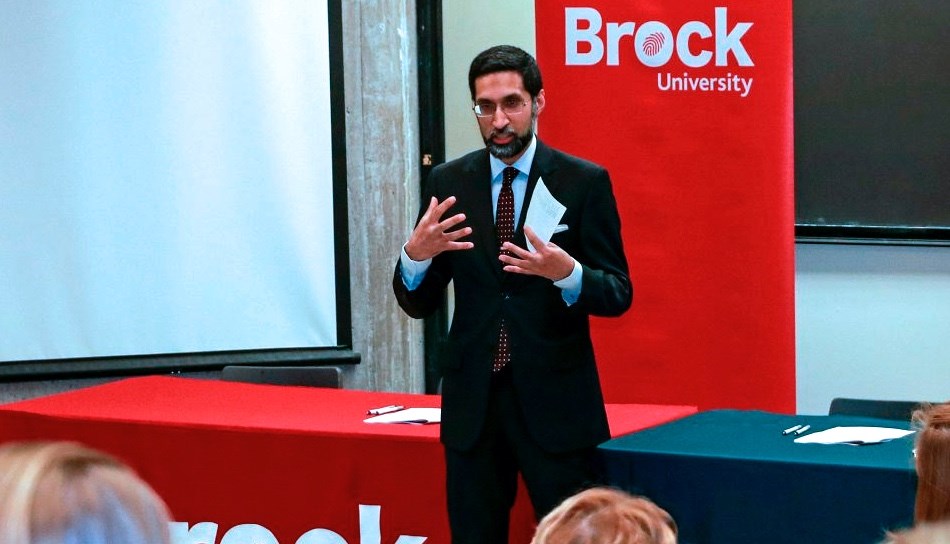In an optimistic scenario where cases drop and vaccine doses continue to be put in arms, cinemas and other gathering places could open up and things could become more relaxed in a couple of months in Niagara.
Social circles could be safely widened once again, and even some events could be considered as more people get vaccinated and the strain on hospitals decrease.
But the story told from the region's public health office during a Monday media conference outlined several threats to that becoming reality, as another surge in local cases is currently laying the groundwork for a bad third wave.
"We need to get through the next couple of months without a bad third wave through limit our activities, and really come together to not see interactions that allow for infections to spread," said the region's acting medical officer of health, Dr. Mustafa Hirji during the media conference.
He said it's a matter of semantics whether Niagara is currently in a third wave, or in for a bad third wave in the coming weeks.
"We will only know after the fact, and see if we got a bad third wave, or were able to curb it in a small ripple."
With the warmer weather, social gatherings and increased movements among the general public has led to most cases now not being associated with outbreaks, but rather spread within households where one member has contracted the virus and then spread it to their household.
"Back in the fall there were lots of outbreaks with cases tied to them. We are still seeing a large number of outbreaks, but most cases are spreading among people living in the community," Hirji said.
Given the trajectory that Ontario is on due to the rapid spread of COVID-19 variants, Hirji said he was suprised to hear that Ontario's government eased the restrictions on indoor dining, allowing for 50% of their capacity, as opposed to the prior 10-person limit that Niagara was under previously.
"It seemed like an unusual rush, and it was very surprising to me, given that we are seeing a rising trend here, and across Ontartio."
Hirji also said the rising cases in surrounding regions is concerning - particularly in Hamilton, where the seven day average per 100,000 was higher than that of Toronto, that has been designated a hotspot since last year due to its high case numbers.
Public Health is looking for signs that there could be a bleed-over as travelers make their way to the Niagara region.
On the positive side, Hirji said, vaccines are continuing to reach the vulnerable population, with most 80 year olds either vaccinated or awaiting their appointment.
